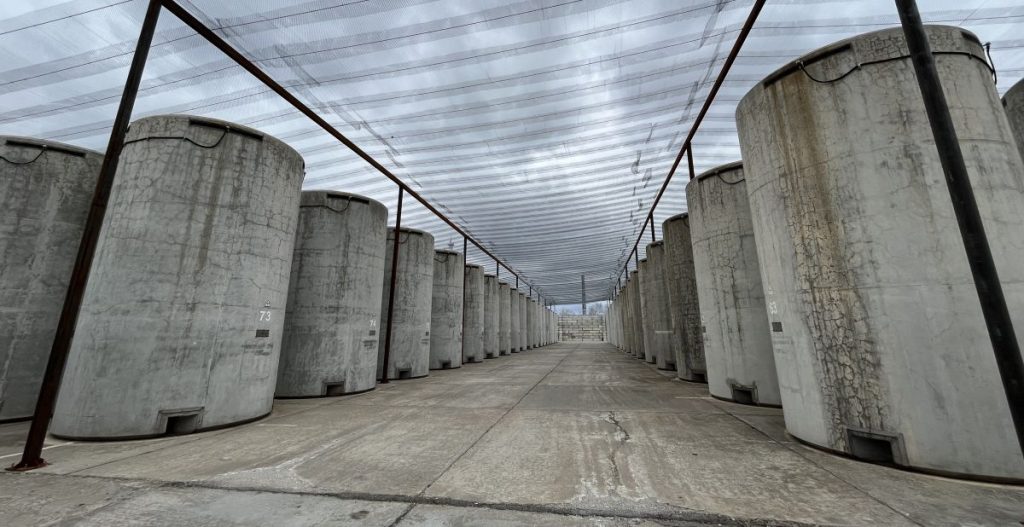The IAEA confirmed that both Khmelnytskyi and South Ukraine nuclear plants lost access to one of their external power lines following the attacks
Others are reading now
The International Atomic Energy Agency (IAEA) has raised serious concerns after Russian attacks damaged key substations connected to two nuclear power plants in Ukrainem Khmelnytskyi and South Ukraine. These strikes pose a renewed threat to the safety and stability of the country’s nuclear infrastructure.
IAEA chief warns of constant nuclear threats
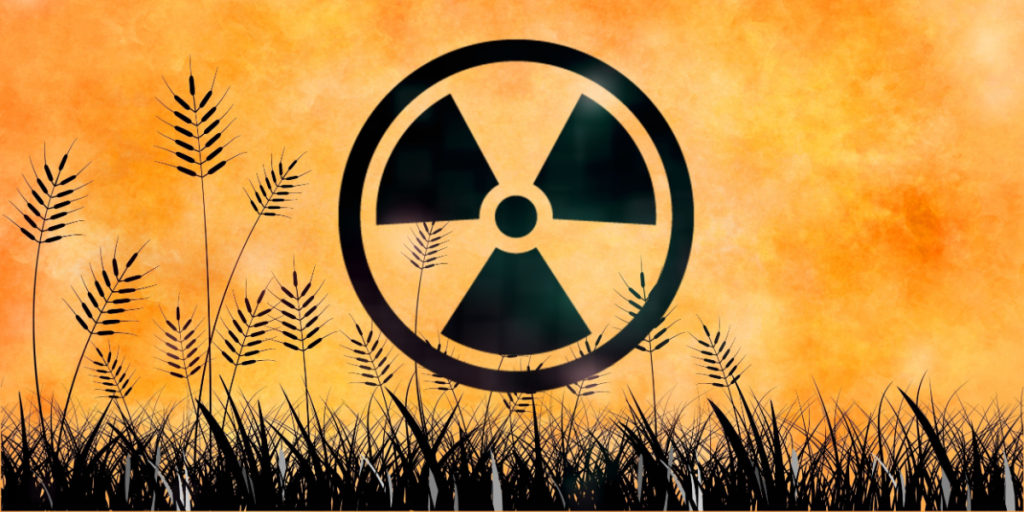
“Threats to nuclear security are real and constantly present,” said IAEA Director General Rafael Grossi, speaking to Ukrainian media. His statement underscores the urgent need to shield nuclear facilities from the escalating conflict.
Call for respect of nuclear safety principles
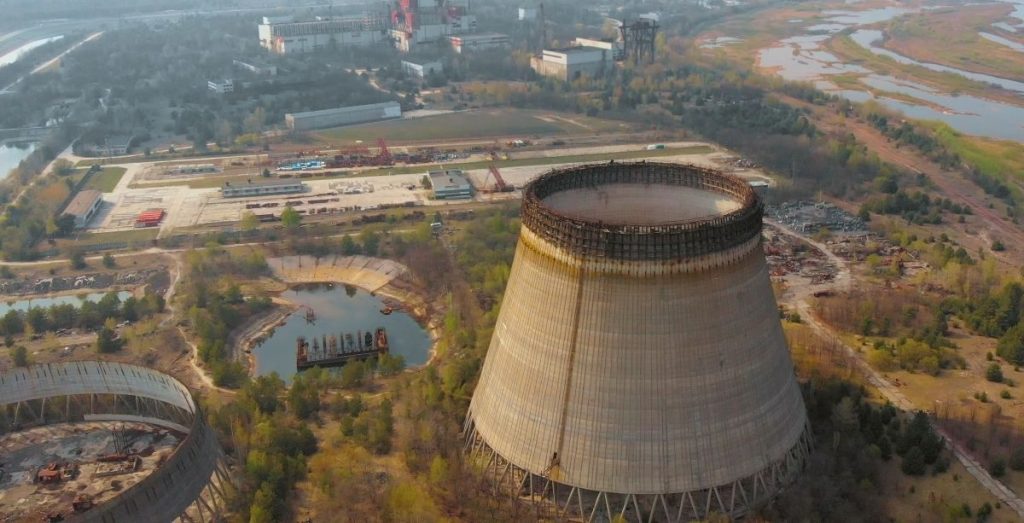
Grossi urged all parties to strictly follow the IAEA’s seven pillars of nuclear safety. These principles include protection of infrastructure, personnel, and ensuring a constant supply of essential resources to maintain reactor operations.
External power lost at two major facilities

The IAEA confirmed that both Khmelnytskyi and South Ukraine nuclear plants lost access to one of their external power lines following the attacks. Although backup systems remain in place, the situation remains precarious.
Rivne plant forced to cut power output
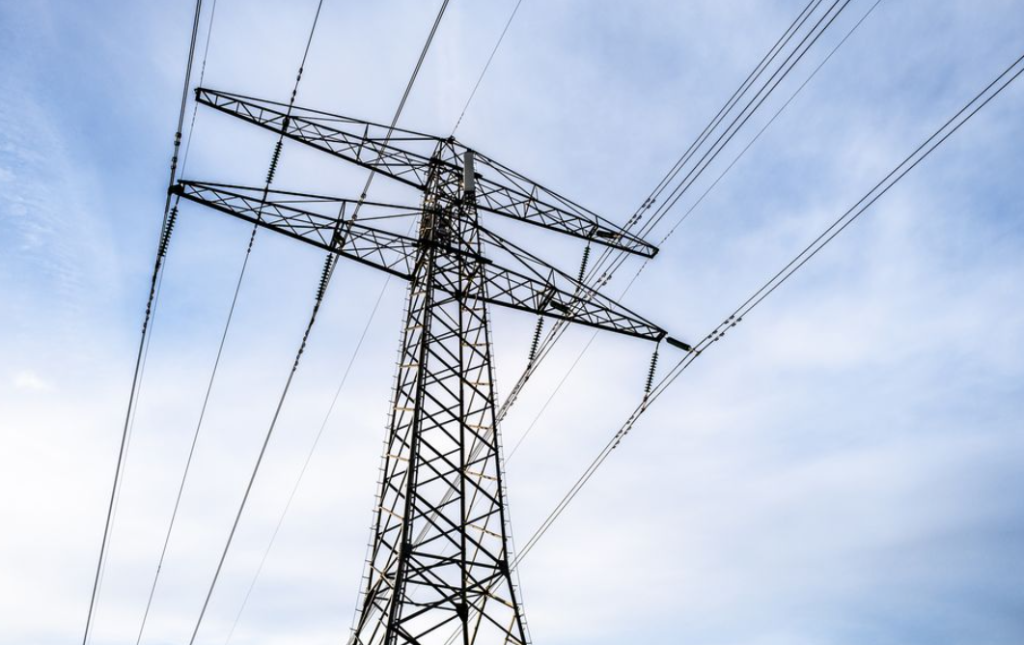
In a related move, the Rivne Nuclear Power Plant had to reduce the power output of two out of its four reactors. The decision came at the request of Ukraine’s power system operator, highlighting the strain on the national grid.
IAEA experts forced into shelter during attack
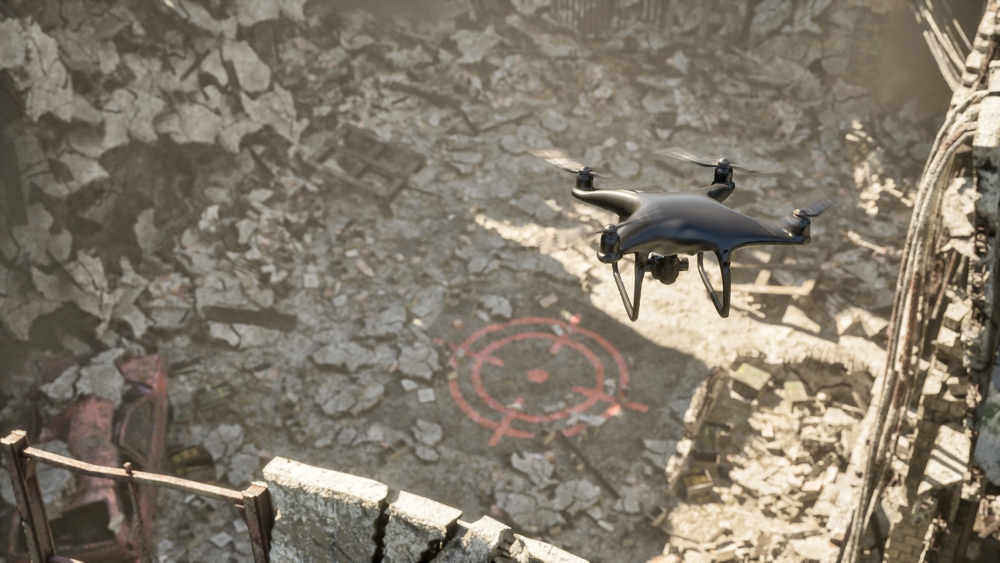
Also read
In the Khmelnytskyi region, a team of IAEA experts was caught up in Thursday morning’s missile and drone attack. They were forced to take shelter for several hours as the assault unfolded, the agency reported.
Zaporizhzhia still struggling with power supply
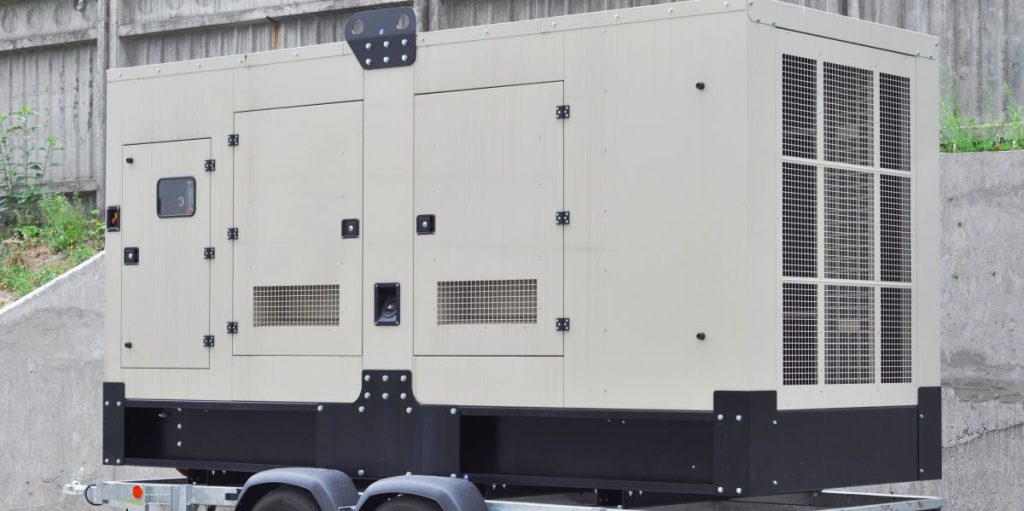
Work is ongoing to restore power lines to the decommissioned Zaporizhzhia Nuclear Power Plant. From late September to late October, the plant had no external power and relied entirely on emergency generators to keep reactors cool.
Power outage lasted a full month at Zaporizhzhia

Between September 23 and October 24, Zaporizhzhia remained disconnected from the grid. The situation put immense pressure on backup systems and emphasized the vulnerability of nuclear sites in war zones.
IAEA pushes for safety zone around Zaporizhzhia

The agency continues to advocate for the creation of a safety and security protection zone around the Zaporizhzhia plant. Such a buffer would help prevent future incidents that could breach international nuclear safety protocols.
Broader nuclear risks increasing
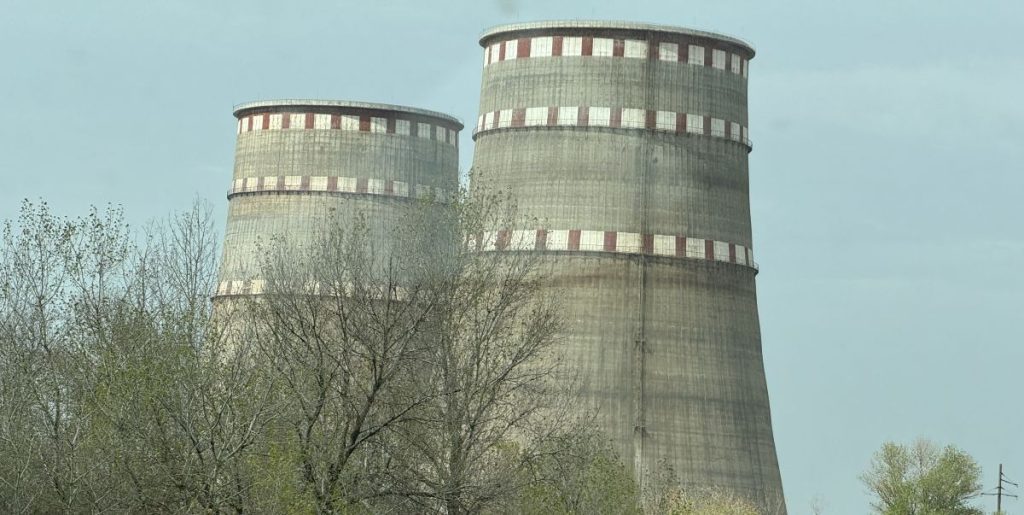
The latest events mark a worrying escalation in the conflict’s impact on nuclear safety. As fighting intensifies, the risk of a major nuclear incident grows, drawing increased attention from global watchdogs and governments.
Russian cruise missiles raise concerns

Also read
Though not directly connected to the nuclear strikes, recent reports of Russia using advanced weapons like the 9M729 missile in Ukraine have further raised alarms, especially among U.S. defense officials.
Polish jets intercept Russian aircraft over Baltic

In a separate incident, Polish fighters intercepted a Russian military plane over the Baltic Sea, adding to the regional tensions and underscoring the growing security concerns beyond Ukraine’s borders.
IAEA urges restraint and protection of nuclear sites

The IAEA’s message remains clear: all military actions near nuclear facilities must stop. Without restraint and adherence to safety protocols, the risk of catastrophe will continue to grow.
This article is made and published by Edith Hejberg, who may have used AI in the preparation

